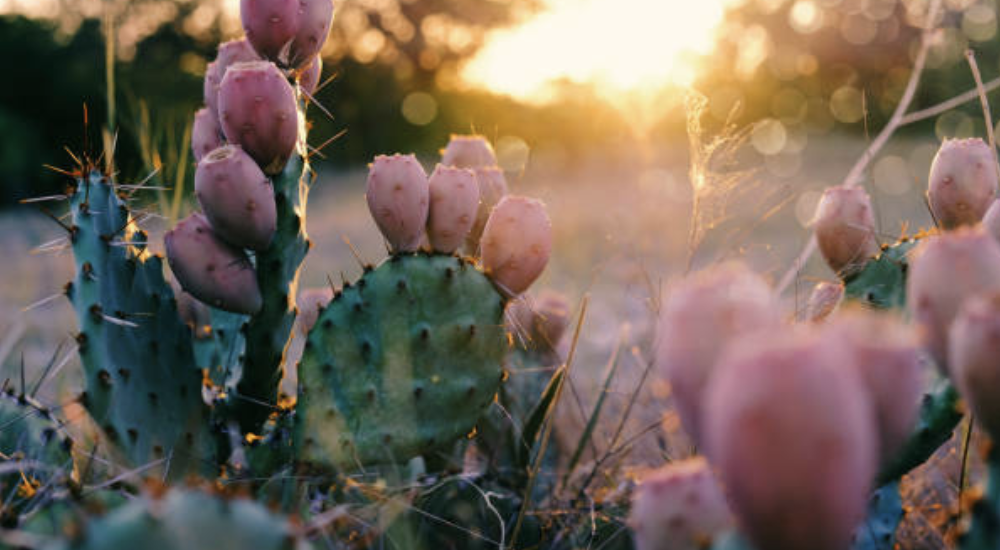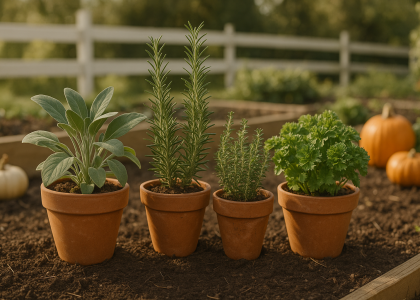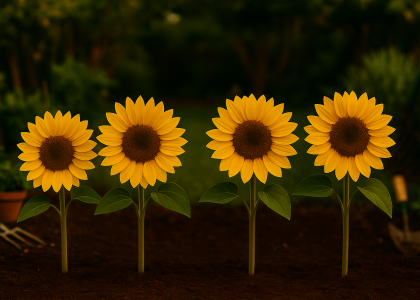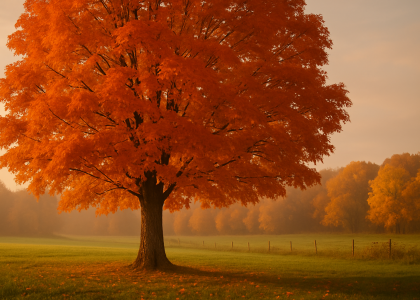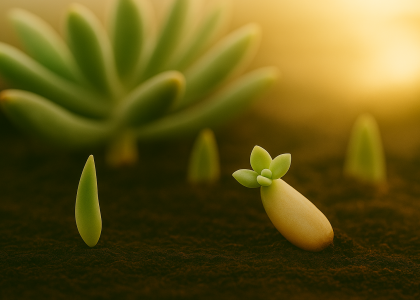Discover the beauty, resilience, and edible charm of Opuntia — a must-have cactus for your water-wise garden.
“Nothing draws attention like a blooming prickly pear casting shadow over sunlit gravel — it’s the desert’s version of fireworks.”
What Is Opuntia?
Botanical name: Opuntia spp.
Common names: Prickly Pear, Paddle Cactus
Plant Family: Cactaceae
Plant type: Clumping, flat-padded cactus (shrub or low-growing) Native Range: North and South America — especially Mexico and the southwestern United States
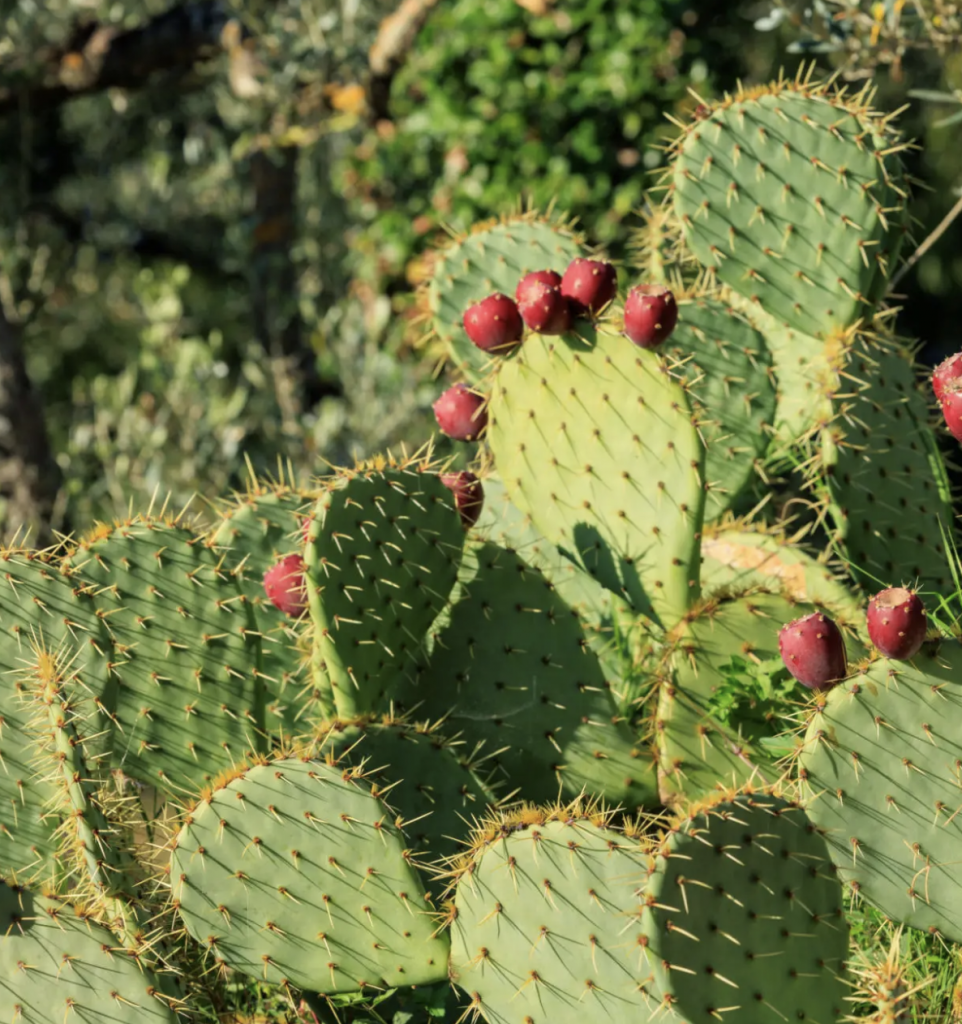
Why Grow Opuntia in Your Garden?
- Striking flowers in yellow, orange, or red
- Edible fruits (prickly pears) and young pads (nopales)
- Extremely drought-tolerant and low-maintenance
- Adds bold desert texture and color contrast to gravel beds or borders
Ideal Conditions
| Requirement | Recommendation |
| Light | Full sun (6–8+ hours/day) |
| Soil | Sandy or rocky with excellent drainage |
| Zone | USDA 8–11 (can overwinter in pots in colder zones) |
| Temperature | Tolerates heat; some varieties withstand light frost |
How to Plant Opuntia (Step-by-Step for Beginners)
- Pick a sunny, dry site with space for spreading
- Amend heavy soil with sand or gravel to ensure drainage
- Use gloves/tongs to handle pads (spines + glochids!)
- Plant pads upright with the cut edge just beneath the soil
- Do not water for the first 1–2 weeks (let roots form)
- Once rooted, water only when soil is completely dry
Watering Tips
- Water every 2–3 weeks in summer (or less with rainfall)
- Avoid overwatering — rot is the #1 killer
- No water needed in winter
Flowering & Fruiting
- Flowers appear in late spring to early summer
- Fruit ripens in late summer to early fall
- Wear gloves when harvesting prickly pears (remove glochids before eating!)
💬 “Harvesting your first cactus fruit is a small but wild joy.”

Pruning & Propagation
- Prune to shape or remove old pads in early spring
- Propagate by cutting a healthy pad, drying for 2–3 days, then planting upright
Safety & Companion Tips
- Keep away from walkways or pets (pads can detach easily)
- Companion plant with Agave, Yucca, Lavender, or Rockrose
- Great in dry Mediterranean, southwestern, or coastal garden styles
Seasonal Care Cheat Sheet
| Season | What to Do |
| Spring | Plant new pads, expect blooms |
| Summer | Minimal watering, fruit may form |
| Fall | Harvest fruit, reduce watering |
| Winter | Leave dry; protect potted plants from hard frost |
Frequently Asked Questions
Q: Can Opuntia survive in cold climates?
A: Most varieties are hardy in USDA zones 8–11. In colder zones, grow them in pots and overwinter indoors.
Q: Are Opuntia fruits safe to eat?
A: Yes, the fruits (tunas) are edible once the spines and glochids are removed carefully.
Q: How do I remove glochids safely?
A: Use gloves and tongs, and singe the pads or fruit with a flame to burn off glochids before handling.
Want a copy to keep in your shed or garden bag?
👉 Click here to download your FREE Opuntia Care PDF
Grow with ease. Grow with Greenmuse.

